![[background image] image of a workspace (for a mobile gaming)](https://cdn.prod.website-files.com/684805891c92594b6263618d/688ca9c52016ce0e1ffabcd5_text%20(1).png)
Retailers in Africa’s informal trade were stuck at “Inventory First.” I redesigned the experience to meet them where they are — with a sales-first entry that saved onboarding, improved product adoption, and fed the engine behind FMCG insights. (
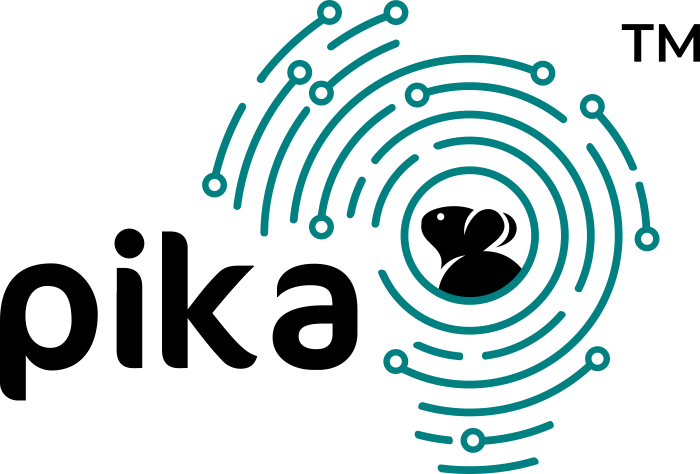



PikaApp is a digital platform designed for informal retailers in Africa — think corner shops, market traders, and street kiosks. We give them tools to track their sales, manage stock, and gain insight. In return, we collect data valuable to FMCG manufacturers. But to get this loop running, we needed one thing: data from the field.
![[digital project] image of a graphic design on a screen (for a web design agency)](https://cdn.prod.website-files.com/684805891c92594b6263618d/688cb3349320945b589454d6_Frame%201618873850%20(1).png)
![[digital project] image of case file on a tablet](https://cdn.prod.website-files.com/684805891c92594b6263618d/688cb385235de555b040308c_Frame%201618873852.png)
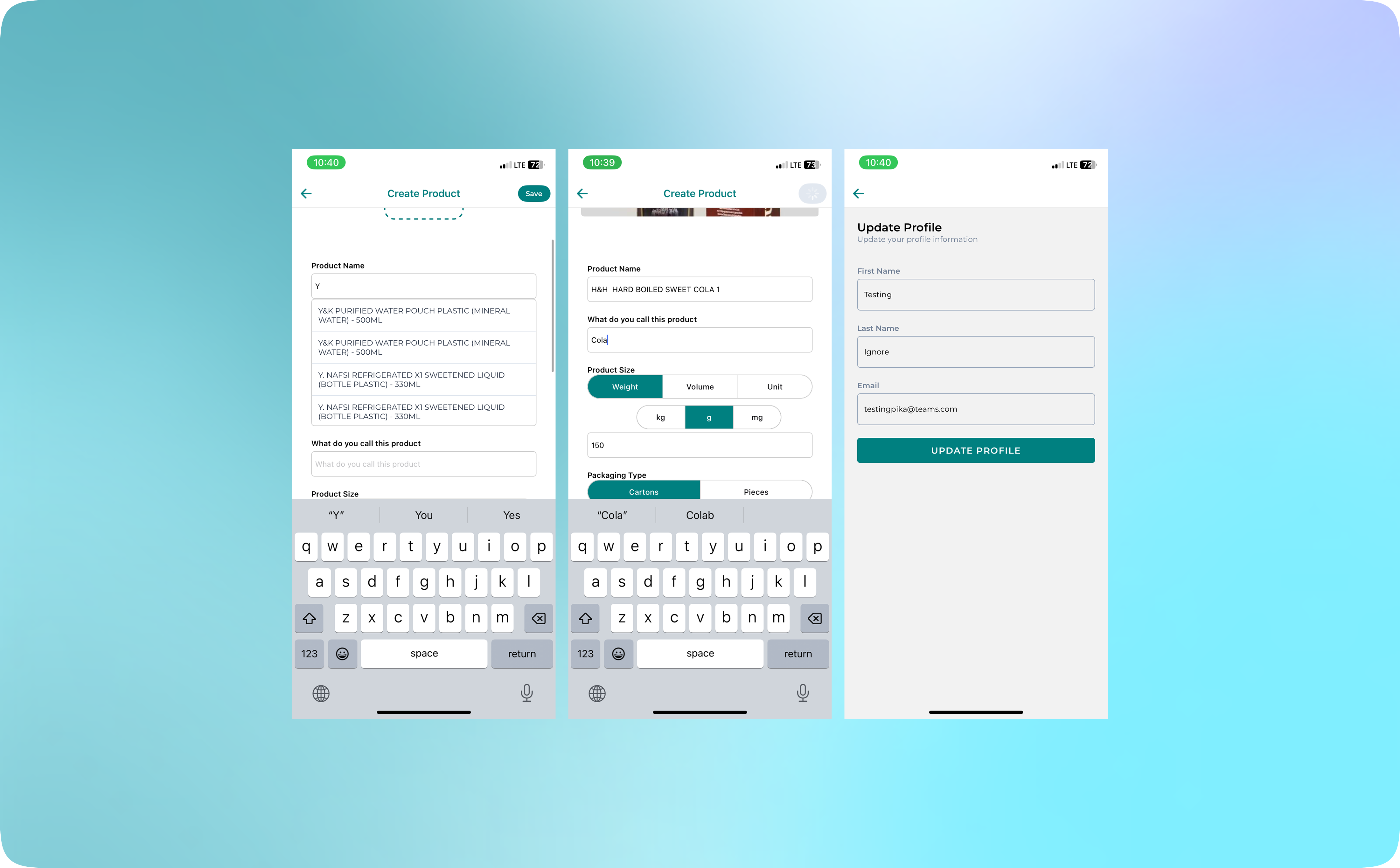
Here are snapshots of what Pika App Onboarding process looked like before i came in on this big Project.
pROBLEMS
The Interface Overload
Our initial inventory-first UI demanded too much upfront effort. Retailers — especially market-based traders — faced fatigue trying to manually log dozens of products. It didn’t align with their fast-paced, informal workflows.
The “Free” Fallacy
We assumed making inventory tracking free would drive adoption. But value isn’t just cost — it’s time, ease, and habit. The tool wasn’t integrated into their daily flow, so they skipped it altogether.
Drop-Offs & Dead Ends
Even after onboarding, many users logged in, looked around, and left. There wasn’t a compelling action to take immediately. Our funnel had a glaring hole — no quick win, no reason to stay.
![[background image] image of job listings (for an auto dealership)](https://cdn.prod.website-files.com/684805891c92594b6263618d/6890b8673f6719c6c8e5bdb4_97140.jpg)
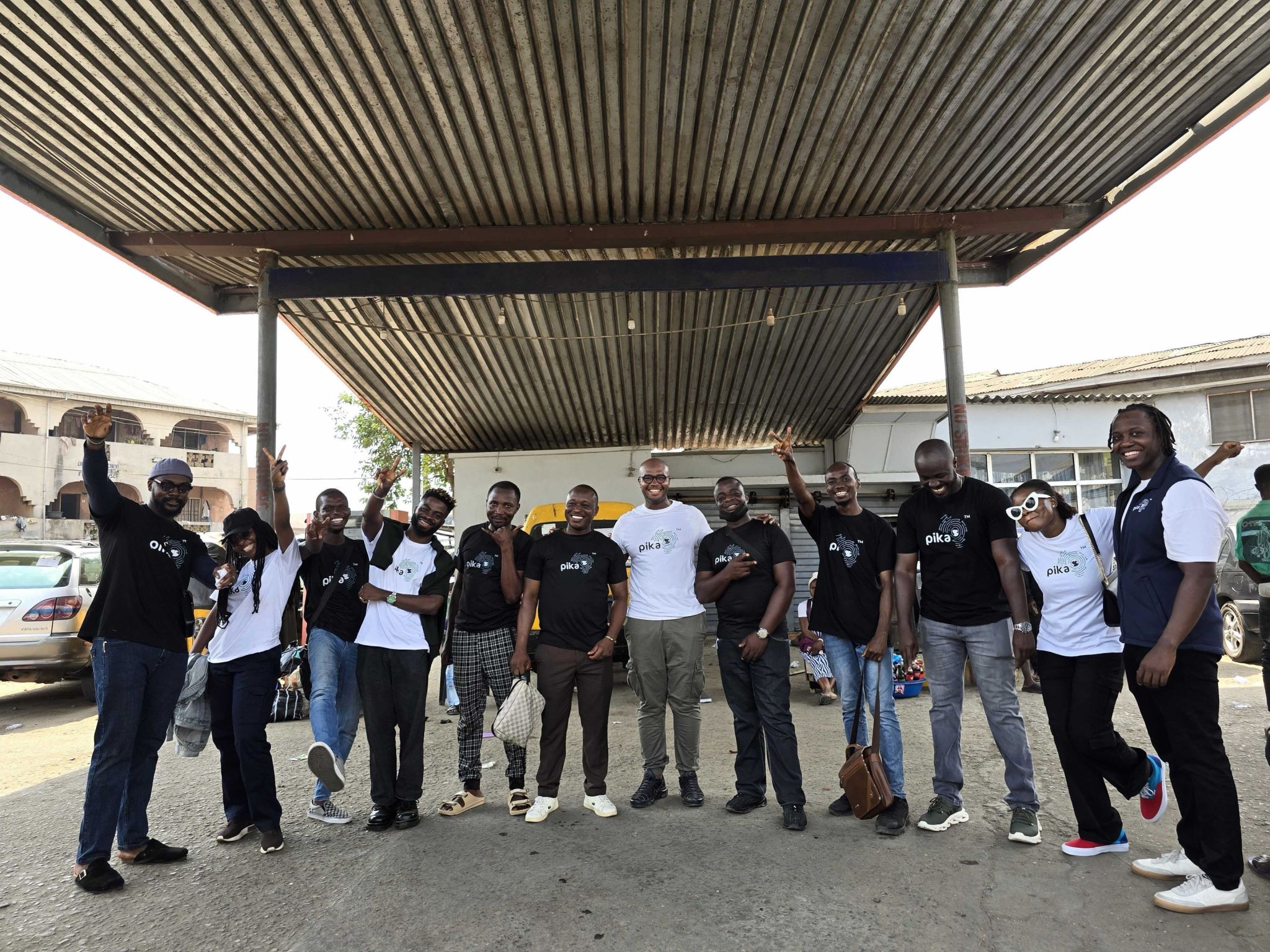
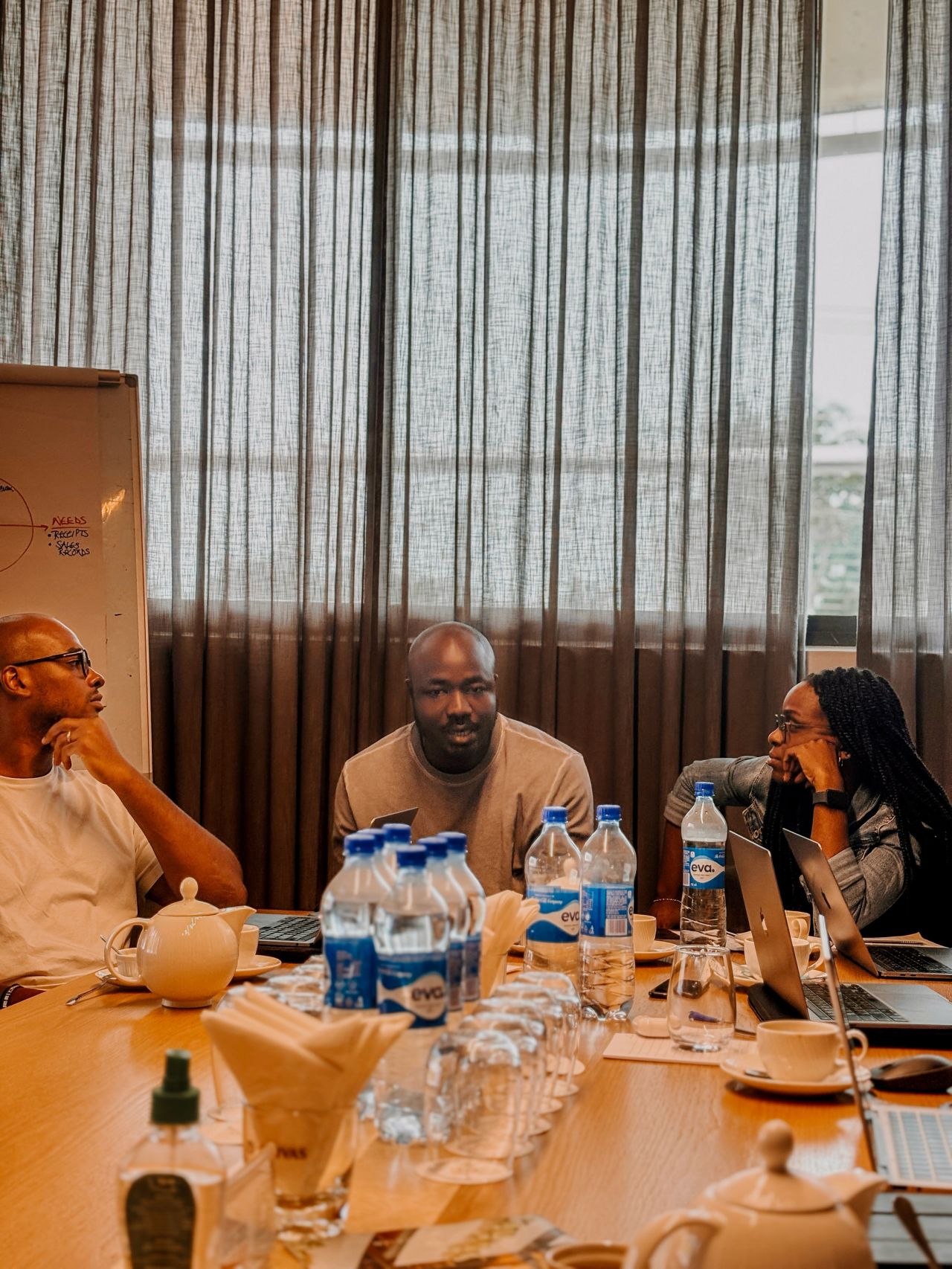
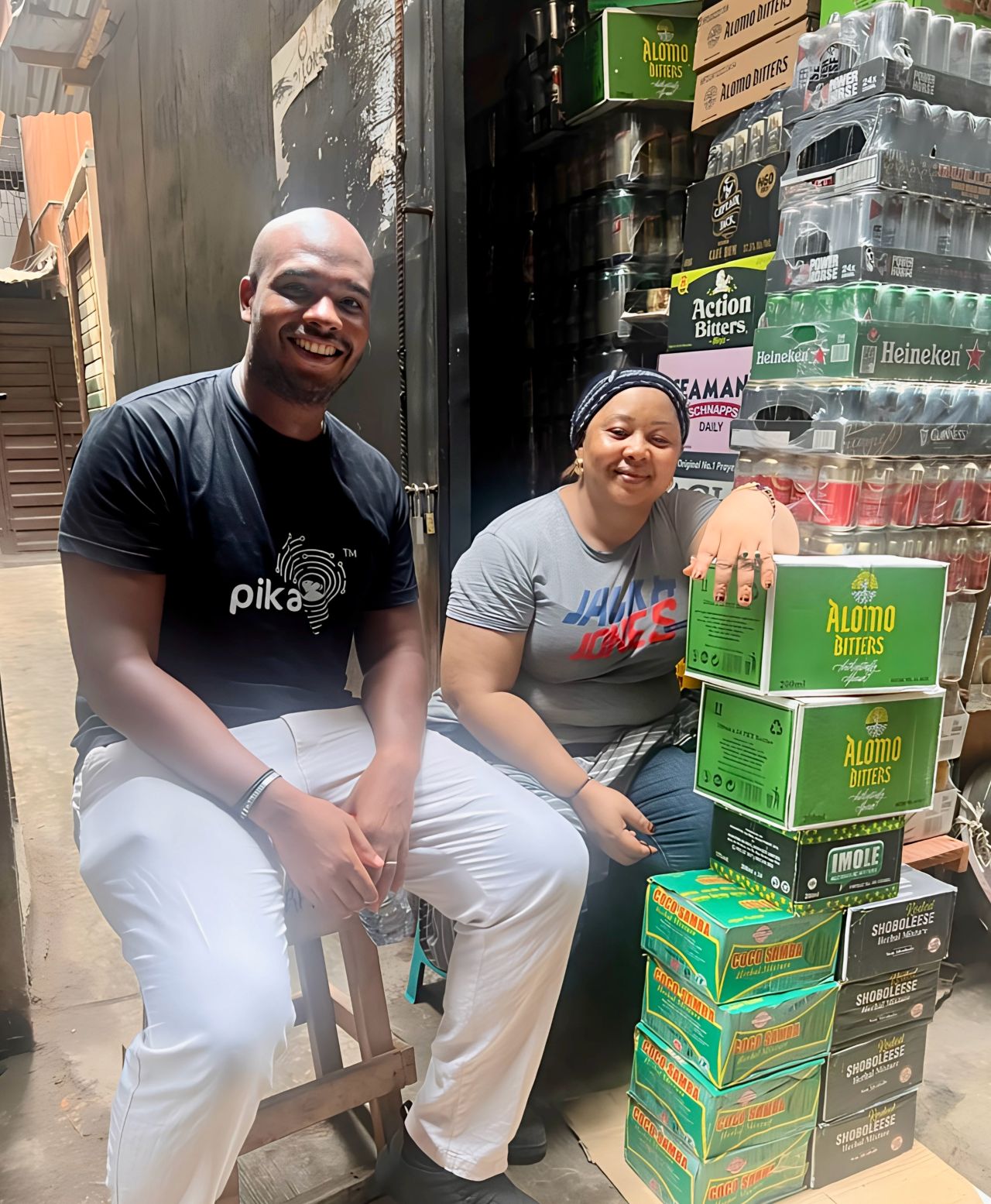
To uncover what was working — and more importantly, what wasn’t our team spent over 6 hours in Lagos markets talking to real users. We didn’t start with assumptions. We sat together, created core questions, then hit the ground.
We spoke with:

Current users (some frustrated, others hopeful)

Pika ambassadors who onboarded traders

First-time traders unfamiliar with Pika
![[digital project] image of a graphic design on a screen (for a web design agency)](https://cdn.prod.website-files.com/684805891c92594b6263618d/685e86bdd9d703f5df690c2d_IMG_2902.jpeg)
![[digital project] image of case file on a tablet](https://cdn.prod.website-files.com/684805891c92594b6263618d/688cda45b7b30122fba310ae_IMG_2909%202.jpg)
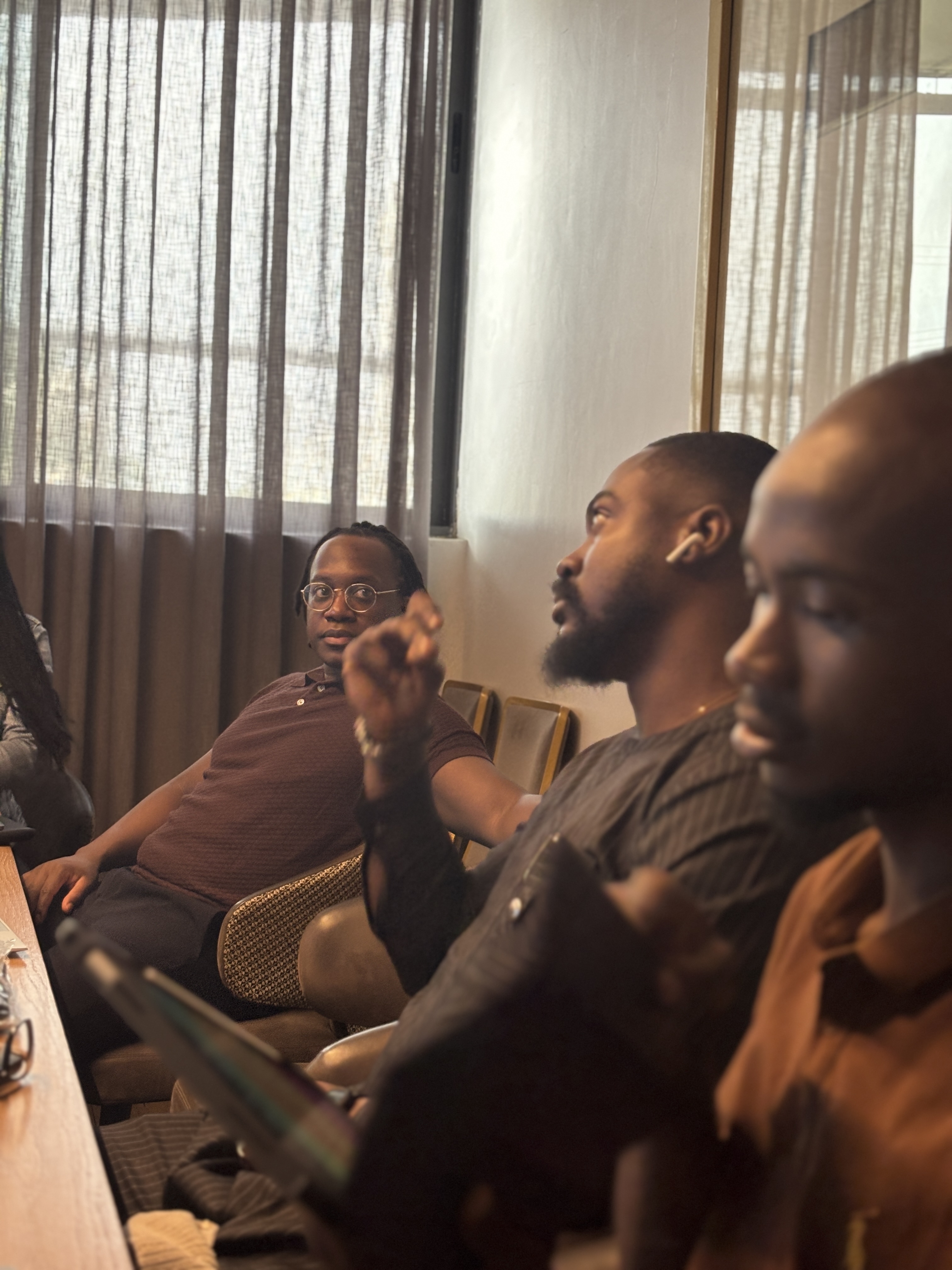
![[digital project] image of creative illustrations on a laptop screen](https://cdn.prod.website-files.com/684805891c92594b6263618d/688d5d28ca4d0cce29a329d8_Affinity%20Diagram%20(2).png)
The current onboarding and product logic create early friction for users. Many find the inventory setup confusing, especially with mixed unit sales like cartons and pieces. Traders prioritize speed and want tools that help them sell faster and more professionally, including printed receipts. To improve adoption, onboarding should start with recording sales, product entry should be simplified with smart defaults, and features like quick sales capture and Bluetooth receipt printing should be prioritized.
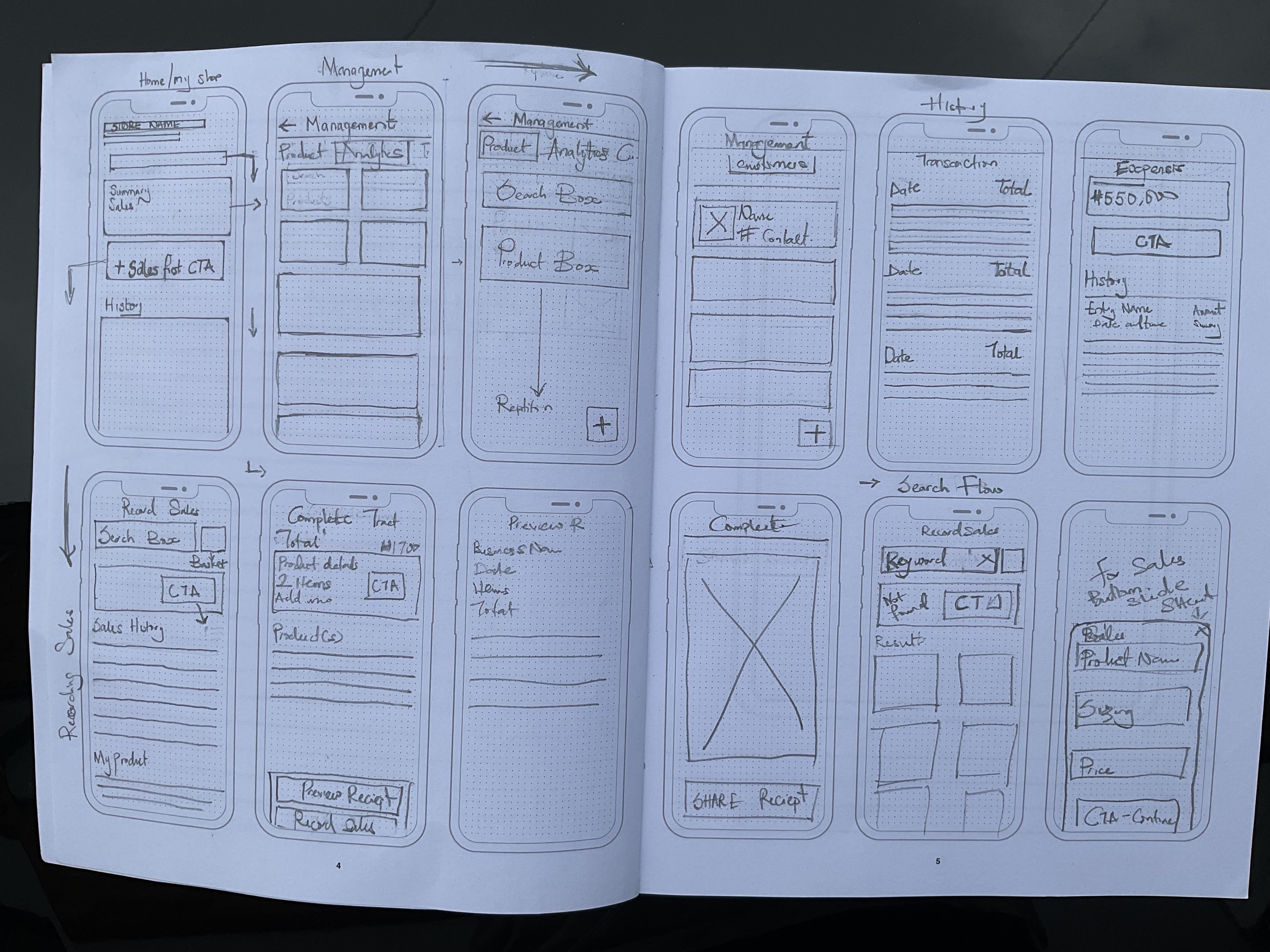
With user frustrations and habits now clearly defined, I began wireframing the core experience. I prioritized a sales-first flow, simplified product input, and ensured the interface supports fast interactions. Each layout here is informed by the lessons gathered — from reducing setup friction to reinforcing trust with receipts. This phase laid the groundwork for a user experience that feels intuitive from Day 1.
Selected work, simply displayed
![[digital project] image of a graphic design on a screen (for a web design agency)](https://cdn.prod.website-files.com/684805891c92594b6263618d/689078718e1baa348a0a023b_Screenshot%202025-08-04%20at%2010.07.39.png)
![[background image] image of a designer workspace (for a graphic design studio)](https://cdn.prod.website-files.com/684805891c92594b6263618d/68907de0b9efd80f80c7fe98_Screenshot%202025-08-04%20at%2010.30.50.png)
To bring order to the evolving Pika experience, I created a design system tailored for informal retailers. It was built to be intuitive for first-time smartphone users, with clear contrast, accessible font sizes, and repeatable patterns across screens. The system allowed us to scale from agent tools to inventory and insights without redesigning from scratch every time.
Once the design system was solidified, I translated wireframes and insights into final screens. Every element — from onboarding flows to inventory logging — was shaped by what we learned in markets: speed, clarity, and familiarity. These designs directly reflect the users’ mental models, enabling them to record sales quickly, understand their business better, and build trust with their own customers.
![[digital project] image of blockchain coding screen in a work setting](https://cdn.prod.website-files.com/image-generation-assets/8991dac6-c62f-490d-8ad3-a4d3181087e0.avif)
![[interface]](https://cdn.prod.website-files.com/684805891c92594b6263618d/68908448e0ba3aeab3ceccad_Log%20In%20mockup%20for%20Rose%20(4).png)
.png)
.png)
.png)
.png)
.png)
.png)
.png)
.png)
.png)
![[interface] screenshot of the dashboard interface (for an erp company)](https://cdn.prod.website-files.com/684805891c92594b6263618d/6890949dcad39483c41fed2d_Log%20In%20mockup%20for%20Rose%20(18).png)
.png)
.png)
.png)
.png)
.png)
This project deepened my understanding of designing for informal economies. It wasn’t just about sleek UI — it was about empathy, speed, and trust. I learned how to strip down features to their core value and design with a mindset of ‘every second matters.’ I also learned that introducing new digital habits starts with meeting users where they are, not where we think they should be.

![[digital project] digital interface on a tablet](https://cdn.prod.website-files.com/image-generation-assets/f5a36406-9c73-420d-817d-5591acfe7a33.avif)